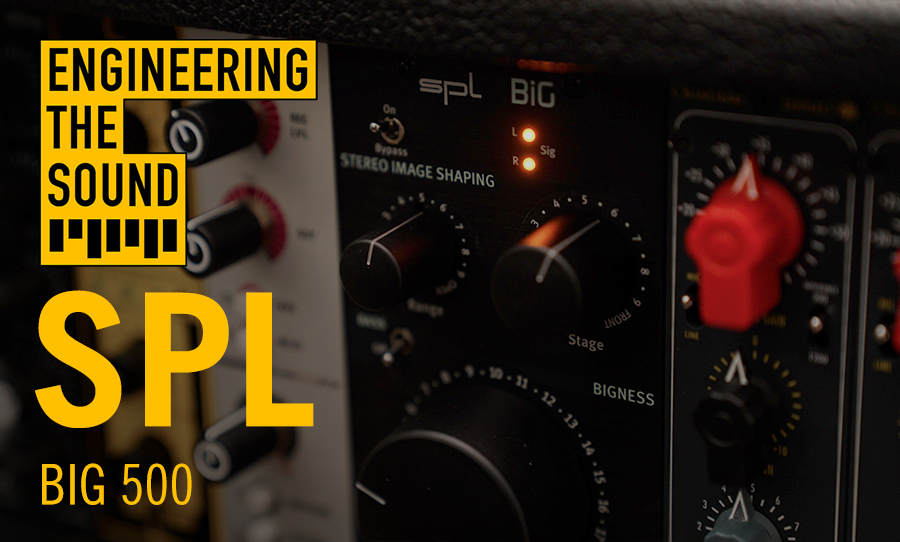We are currently in the midst of awards season for film and music respectively. With that comes recognition for many of the people behind the scenes, particularly in the film industry, who contribute to the process with a lesser reward than those on the posters.
The Oscars – all cynicism aside – do well in highlighting to the people behind some of the more undervalued aspects of filmmaking, and more specifically, sound mixing.

The importance of sound in film isn’t debatable anymore, but recognising genius is. A better sounding movie is a better movie overall.
For many years this category has been a part of award shows, past sound mixing nominees covering a wide mix of genres. Dramas, sci-fis, horrors, thrillers and almost every other major genre has played a strong hand in this category – this year have proven no different.
Gary Rydstrom, Tom Johnson and Mark Ulano (Ad Astra), Paul Massey, David Giammarco and Steven A. Morrow (Ford v Ferrari), Tom Ozanich, Dean Zupancic and Tod Maitland (Joker), Mark Taylor and Stuart Wilson(1917) and Michael Minkler, Christian P. Minkler and Mark Ulano (Once Upon A Time In Hollywood) are amongst this year’s nominees for the Oscars in particular. Their respective films have all built upon the way sound is used on screen, and evolved its use in interesting and largely innovative ways.
Each film, in its own right, took the process of recording and mixing sound and gave it purpose. This year, the masters behind the laborious process of sound recording all similarly kept their focus on character-audience connection.
Mark Ulano, nominated for two films, mentioned that “The complexity had to do with, how do you do sound in that environment and keep the sound so organic that the audience never loses connection with the characters?” Big budget blockbusters like these utilise all the known and unspoken techniques to record the best possible material they can for the most refined product.
Each other film had major challenges to overcome, the massive war-hit 1917 had most of its logistical hurdles buried in its one-shot style of cinematography. Stuart Wilson has spoken about the importance of keeping the character connection through his use of multiple mics on each lead actor to capture subtle, diegetic, human sounds – whilst wading through a mock battlefield with explosions in every direction.
Ford V Ferrari, a film with an audience ready to criticise any car sound discrepancy, had a much more historically focused task. Massey, Giammarco and Morrow spoke to the LA Times, mentioning the importance of tracking down the precise Ferrari and Ford GT 40 models used in the movie, “Once we had those two authentic engines from those two authentic cars recorded, we were all set”. A prime example of precision and its pay off in award season.
To those patient enough to study movies and the beast behind the engine, you start seeing the importance of these sound technicians, and how crucial their job is in making your movie sound better.



